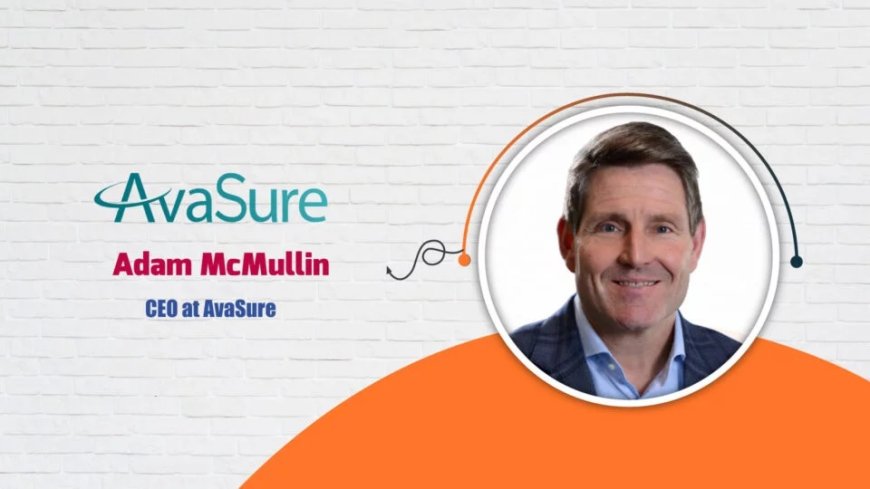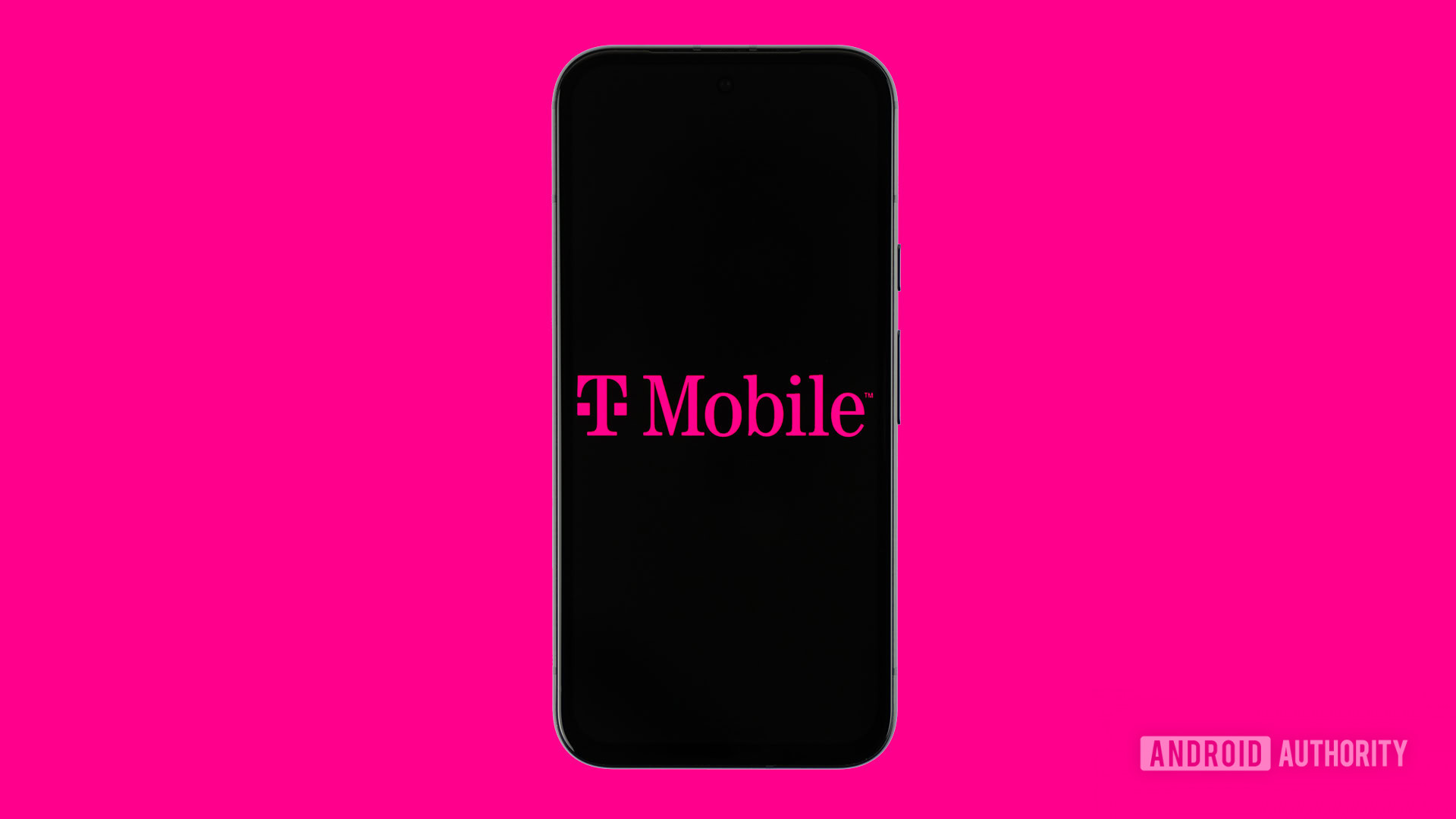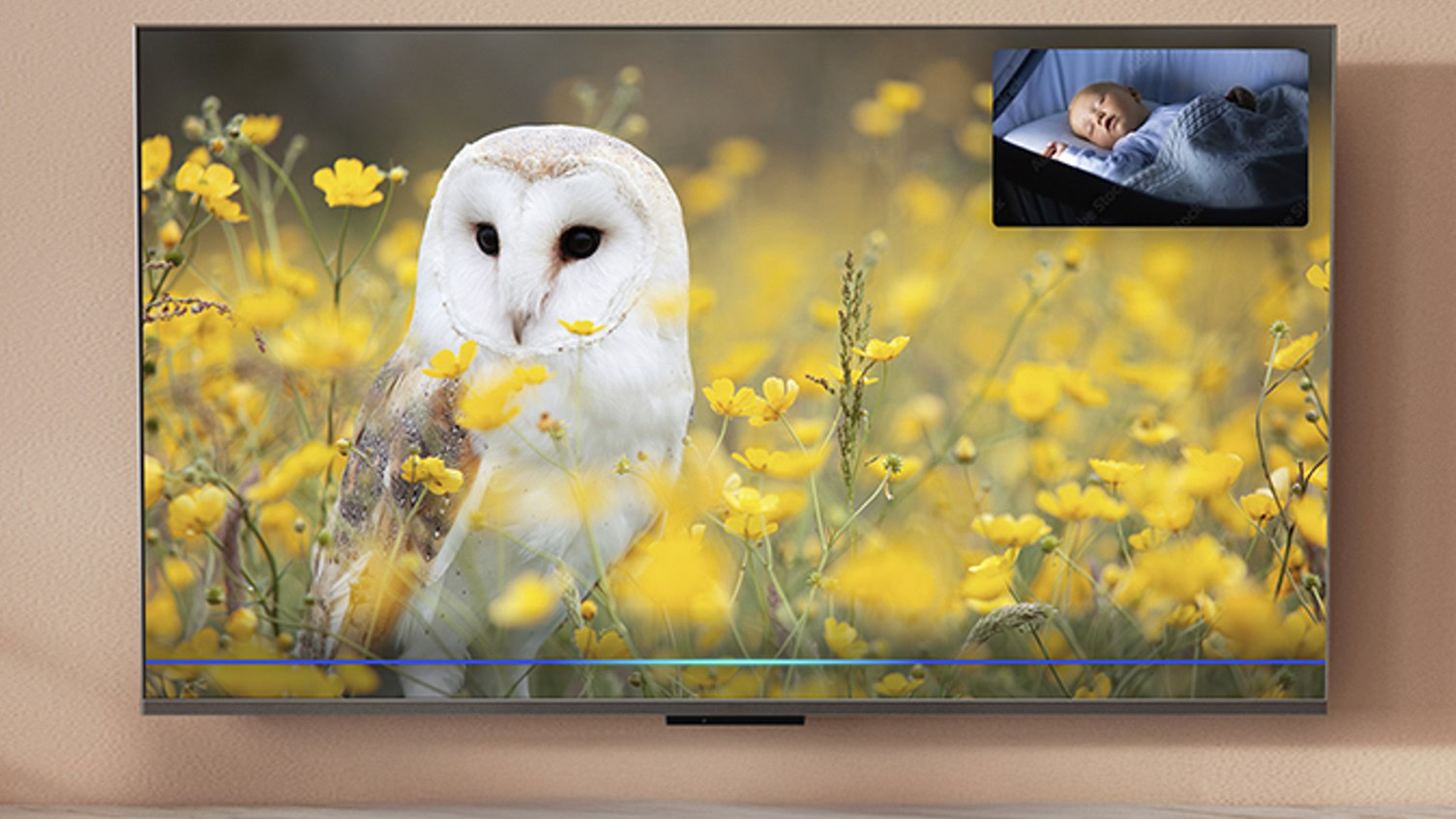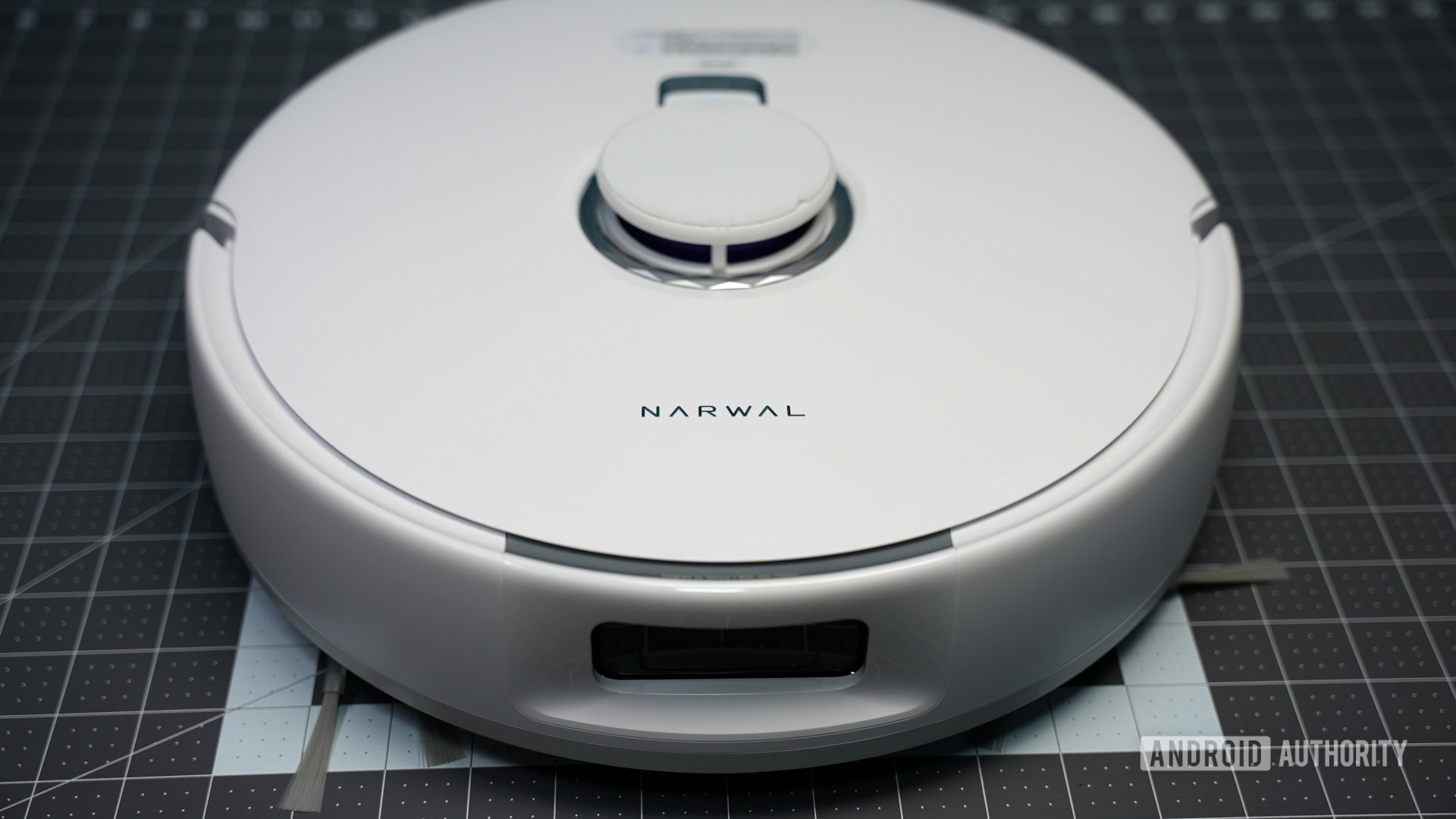AITech Interview with Adam McMullin, CEO at AvaSure
Join us for a compelling interview with Adam McMullin, the visionary CEO of AvaSure. Learn about his transformative approach to healthcare solutions and commitment to patient care.

Can you provide an overview of AvaSure’s current use of AI technology in your organization?
Absolutely. AvaSure’s TeleSitter® solution enables acute virtual care and remote safety monitoring. Our platform enables virtual team care by combining remote patient sitters, virtual nurses, and other providers in a single enterprise technology solution to enhance clinical care, improve safety, and boost productivity.
Recently we unveiled artificial intelligence (AI) capabilities to our virtual care platform. AI augmentation will enable health system partners to enhance efficiency and time-savings while also improving the quality of care they deliver. Our initial applications will enhance a virtual safety attendant’s capacity for reducing elopement – which is when a hospital patient leaves a facility without any caregiver’s knowledge – and preventing falls.
How does AI enhance patient safety and improve the quality of care in healthcare facilities?
Safety attendants remain the “human in the loop” with support from AI, which will alert virtual safety attendants when an at-risk patient tries to stand up or attempts to leave their room. Virtual team members can then intervene before an adverse event occurs.
What kind of data does AvaSure collect, and how is AI used to analyze and derive insights from this data?
In terms of data collection, I want to make it very clear that we do not record any video of patients unless we are engaged in a study with our customer and have patient consent. That policy comes from a compliance, philosophical, care team, and patient engagement perspective. In real-time, AI is analyzing via computer vision what’s happening in the room to augment the virtual care teams. So the data we’re collecting are discreet events around what’s happening in the environment. Was there a safety event? Was there a request for some type of support, whether that’s dietary or meds or things of that nature?
What the solution is doing is providing the hospital with an extended team member – virtual safety attendants who are making sure your patients are safe just like if they were in the room, but they can now do it more efficiently.
What challenges did you encounter when implementing AI in a healthcare setting, and how did you address them?
The biggest challenge for any health system implementing AI is ensuring compliance, making sure they’re training models in the appropriate way. The way you do that is you actually have the observer who would be doing the work anyway identify people, physical objects, and events: “That is the patient,” “That is a fall,” etc. But we can’t record the video, which adds to the complexity. The challenge is getting enough people to train the models while maintaining compliance without recording the video in real-time.
To Know More, Read Full Interview @ https://ai-techpark.com/aitech-interview-with-adam-mcmullin/
Related Articles
What's Your Reaction?
 Like
0
Like
0
 Dislike
0
Dislike
0
 Love
0
Love
0
 Funny
0
Funny
0
 Angry
0
Angry
0
 Sad
0
Sad
0
 Wow
0
Wow
0






















































